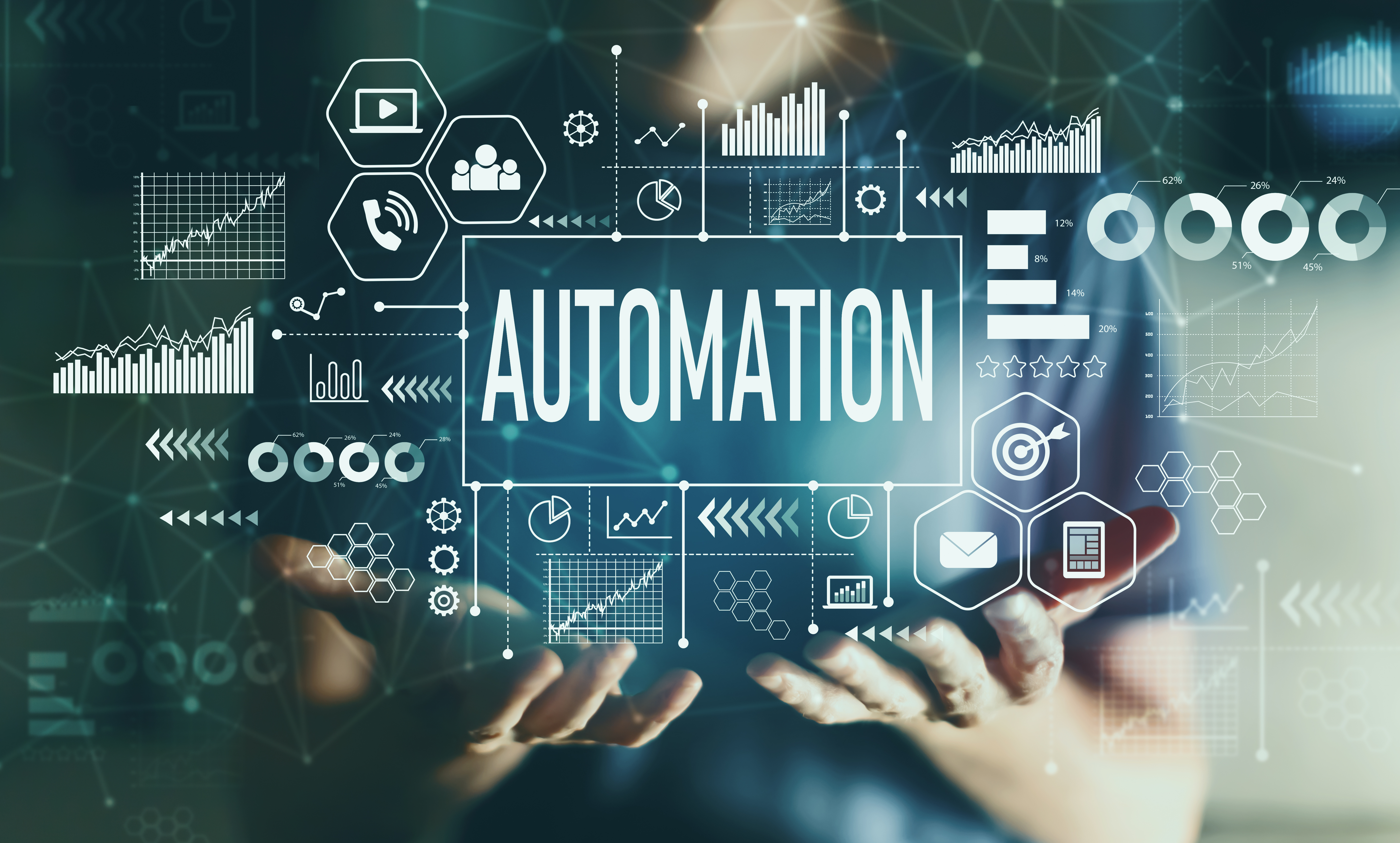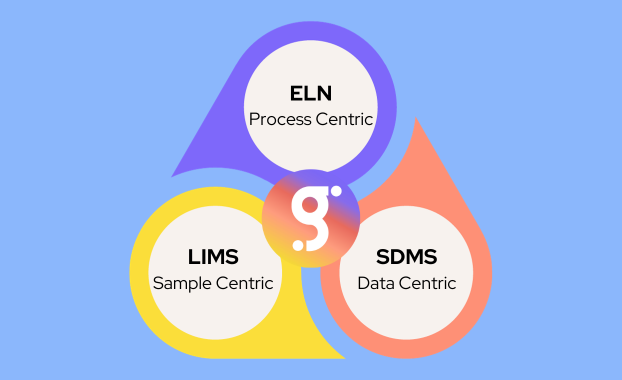Understanding the Gravity of Errors in Experiments
Anyone undertaking scientific research will understand the importance of accuracy and reliability of experimental data. However, errors in experiments are not uncommon and can have various causes. These can include human errors, such as incorrect data entry or misinterpretation of results; equipment malfunctions; and errors in data processing or analysis. The cost of these errors can be substantial, both in terms of financial resources and time. Moreover, incorrect data can lead to flawed conclusions, potentially damaging the credibility of the research not to mention the researchers involved.
The Role of Lab Data Management Systems
To mitigate the risks of errors in experiments, many labs are turning to electronic lab notebooks (ELNs) in place of the familiar paper notebooks that were a staple of laboratory work. These systems offer a robust framework for managing experimental data, ensuring accuracy, and reducing the likelihood of errors. Here are some ways in which an ELN can be utilized effectively for lab data management:
- Standardizing Data Entry and Collection
ELNs provide standardized templates and forms for data entry, which can significantly reduce human error. By ensuring that all data is recorded in a consistent format, it becomes easier to review and verify. - Automating Data Collection
Where possible, integrating automated data collection methods with the ELN can further reduce errors in experiments. For example, direct data feeds from equipment can eliminate manual data entry errors. - Real-Time Data Validation
Many ELNs offer real-time data validation features. This means that as data is entered, the system checks it against predefined criteria or ranges, immediately flagging any anomalies. - Audit Trails and Version Control
An effective ELN will keep detailed records of who entered or altered data, along with timestamps. This audit trail is crucial for tracking the source of any discrepancies that may arise, and eliminating them. - Centralized Data Storage
Centralizing data storage reduces the risks associated with data fragmentation (where different pieces of data are stored in multiple locations). A centralized system makes it easier to manage, backup, and secure data. - Data Analysis Tools
Advanced lab notebooks often include data analysis tools, which can help in identifying trends and anomalies in the data. These tools can be instrumental in catching errors early in the research process. - Training and User Support
Finally, it's important to provide adequate training for all users of the ELN. A well-designed system is only as good as the people using it, so ongoing support and training are crucial from the get-go.
Your ELN can eliminate experimental errors
So, you can see an Electronic Lab Notebook (ELN) is a powerful tool in the arsenal of any research team. By standardizing data collection, enabling real-time validation, and offering robust data analysis tools, an ELN can significantly reduce the incidence of errors in experiments. This not only saves time and resources but also enhances the credibility and reliability of the research outcomes. As such, investing in a good ELN and training staff to use it effectively is a wise decision for any lab looking to minimize errors and maximize efficiency.
To learn more about how Labguru can help you reduce errors in experiments



